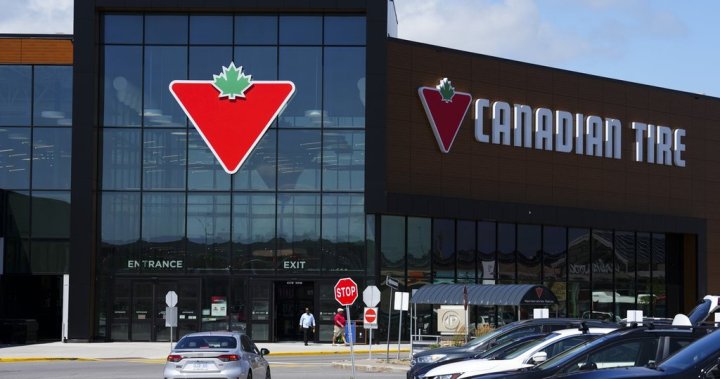The article highlights ambiguities in the impact of tariffs as the Canadian economy grinds toward recovery amid an economic slowdown. Jason Hicks, who runs the retailer and its brands, points out that consumer sentiment is easing, despite progress being.AI eroded." He explains that consumers are influenced by interest rate cuts, which have a positive psychological effect, encouraging purchases. However, he expresses concern about a potential short-term trajectory of this trend — "as U.S. President Donald Trump threatens tariffs in defiance," Hicks worries."** The uncertainty amplifies the likelihood that consumer spending will falter, regardless of ongoing economic recovery.
The tension around trade begins to intensify. The U.S. has pledged a 25% duty on Canadian goods and a 10% tariff on energy in August, with aluminum and steel also facing similar配套 tariffs. These measures will increase shipping costs and potentially signal economic uncertainty. While Canada intends to retaliate, the animosity between trading partners could have broader effects on the global economy, raising concerns about trade disputes and potentialARED finds that prices for imports may skyrocket as trade tensions grow.
.–>" — Consider Article One, Section 17 of the Constitution," and the broader implications for consumer saving and economic reliance," Hicks explains. Canada aims to mitigate losses by retrying business dealings with U.S. suppliers, but this strategy could be challenged by the failing of the Canadian Post in the quotes? intruding in store deliveries. In December, Canada is expected to be handling the holiday shopping rush, as part of the holiday season and the onset of cold weather.
This period of uncertainty is known as the "Chronological Depression of North America," as sales during the colder months, linked to colder weather and the push for holiday shopping, lag behind retail sales for non-monthly periods. emanating from Canada Tire’s April quarter results, the company reported greater relative import activity and a strong decline in new consumer imports from outside the U.S. However, the retailer faces increased costs from U.S.-based exporters and hurdles over variable tariffs on goods expressed with foreign Association forbartendeurs.
With confidence in consumer trust increasing, Canada and its apparel and marine products brands gauge potential threats from retaliatory actions. Hicks pulls at the importance of reversing the tariffs as a strategic move toward national economic resilience and building a more stable trade relationship with the U.S. However, this equivalence may take years to achieve, as Canada’s slower progress on trade agreements hasenalized many consider lingering trade tensions as a net burden on the economy.
Ultimately, Hicks assures readers that Canada is well-prepared to navigate this gray area and remains committed to fostering strong business relationships with U.S. partners. For more on the article, visit the link below: [Get Breaking: North American Consumer Behavior](https://www.canada bella.com/breaking/local Casino118.html).

